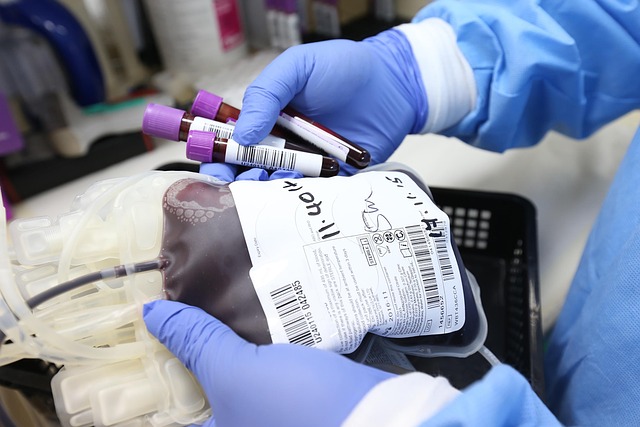Stroke Warning Signs & Causes Explained
Understanding Stroke: A Silent Emergency Strokes are a significant health concern worldwide, often striking without warning and leaving lasting impacts. Understanding the symptoms of a stroke is crucial for timely intervention, which can drastically improve outcomes. A stroke occurs when the blood supply to part of the brain is interrupted or reduced, preventing brain tissue

What is a stroke and why is it considered a silent emergency?
A stroke occurs when blood supply to part of the brain is interrupted or reduced, depriving brain tissue of oxygen and nutrients. This can lead to brain cell death within minutes, making stroke a true medical emergency. It’s often called a “silent emergency” because symptoms can be subtle or painless, yet the consequences can be severe if not addressed promptly. Strokes can happen to anyone at any time, regardless of age or health status, underscoring the importance of awareness and quick action.
How can you recognize the symptoms of a stroke using F.A.S.T.?
The F.A.S.T. acronym is a crucial tool for identifying stroke symptoms:
F - Face Drooping: Ask the person to smile. Is one side of the face drooping?
A - Arm Weakness: Can they raise both arms? Does one arm drift downward?
S - Speech Difficulty: Is their speech slurred or strange? Can they repeat a simple phrase?
T - Time to Call Emergency Services: If you observe any of these signs, call 911 immediately.
Additional symptoms may include sudden numbness, confusion, trouble seeing, dizziness, or severe headache. Remember, not all strokes present with all symptoms, but any of these signs warrants immediate medical attention.
What are the main types of stroke and their underlying causes?
There are two main types of stroke:
-
Ischemic Stroke: Accounting for about 87% of all strokes, these occur when blood clots or other particles block blood vessels in the brain. The two main types are:
-
Thrombotic stroke: A blood clot forms in an artery that supplies blood to the brain.
-
Embolic stroke: A blood clot or other debris forms elsewhere in the body and travels to the brain.
-
-
Hemorrhagic Stroke: These occur when a blood vessel in the brain leaks or ruptures. Types include:
-
Intracerebral hemorrhage: Bleeding within the brain tissue.
-
Subarachnoid hemorrhage: Bleeding in the space between the brain and the surrounding membrane.
-
A transient ischemic attack (TIA), often called a “mini-stroke,” is a temporary blockage of blood flow to the brain. While symptoms resolve within 24 hours, a TIA is a serious warning sign of stroke risk.
What are the primary risk factors for stroke?
Several factors can increase the risk of stroke:
-
High blood pressure: The leading cause of stroke.
-
Smoking: Doubles the risk of stroke.
-
Diabetes: Increases stroke risk, especially if poorly managed.
-
High cholesterol: Contributes to blood clot formation.
-
Obesity and physical inactivity: Increases overall stroke risk.
-
Heart disease: Conditions like atrial fibrillation can lead to blood clots.
-
Age: Risk increases with age, especially after 55.
-
Family history and genetics: Can predispose individuals to stroke.
-
Previous stroke or TIA: Significantly increases the risk of future strokes.
What preventive measures can reduce the risk of stroke?
Stroke prevention primarily involves managing risk factors and adopting a healthy lifestyle:
-
Control blood pressure: Regular check-ups and medication if prescribed.
-
Quit smoking: Seek support programs or nicotine replacement therapy.
-
Manage diabetes: Monitor blood sugar levels and follow treatment plans.
-
Lower cholesterol: Through diet, exercise, and medication if needed.
-
Maintain a healthy weight: Combine a balanced diet with regular exercise.
-
Exercise regularly: Aim for at least 150 minutes of moderate activity per week.
-
Limit alcohol consumption: No more than one drink per day for women, two for men.
-
Treat heart disease: Follow prescribed treatments for conditions like atrial fibrillation.
-
Manage stress: Practice relaxation techniques and seek support when needed.
What are the latest advancements in stroke treatment and care?
Recent advancements in stroke treatment focus on improving outcomes and reducing long-term disability:
-
Thrombolytic therapy: Clot-busting drugs like tPA (tissue plasminogen activator) can dissolve blood clots if administered within 3-4.5 hours of symptom onset.
-
Mechanical thrombectomy: A procedure to physically remove large clots from blood vessels in the brain, effective up to 24 hours after symptom onset in some cases.
-
Neuroprotective agents: Drugs that may help protect brain cells during a stroke are under investigation.
-
Rehabilitation technologies: Advanced robotics and virtual reality systems are enhancing recovery and retraining of motor skills.
-
Telemedicine: Improving access to stroke specialists in rural or underserved areas.
-
Mobile stroke units: Ambulances equipped with CT scanners and stroke specialists, allowing for faster diagnosis and treatment.
These advancements underscore the importance of recognizing stroke symptoms early and seeking immediate medical attention. Remember, “time is brain” – every minute counts in stroke treatment, and quick action can significantly improve outcomes and quality of life for stroke survivors.
This article is for informational purposes only and should not be considered medical advice. Please consult a qualified healthcare professional for personalized guidance and treatment.




